Copperhead snakes don’t need much attention—they blend right in and strike when least expected. With their copper-colored scales and leaf-like patterns, they’re experts at hiding in plain sight. And in some U.S. states, they’re more common than you might think. These snakes aren’t usually aggressive, but they won’t hesitate to defend themselves if startled. That’s why knowing where they live—and how to spot them—can help you stay safe outdoors. If you spend time hiking, gardening, or just walking through tall grass, these are the states where you’ll want to keep a close eye on the ground.
Arkansas: The Natural State
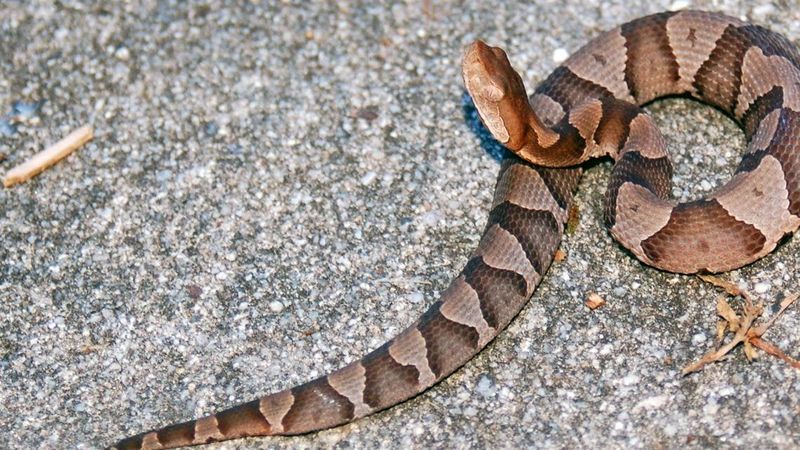
In Arkansas, copperhead snakes find a perfect home amidst dense forests and rocky terrains. The state’s humid climate supports a rich biodiversity, providing both shelter and prey for these snakes.
Visitors often marvel at the interplay of light and shadows in the forests, where copperheads blend seamlessly into the leaf litter. You might be lucky to spot one basking on the rocks during a warm afternoon.
A fun fact: Arkansas is not just known for its copperheads but also for its diamonds, with the Crater of Diamonds State Park being a popular attraction.
Alabama: A Biodiversity Haven

Alabama’s rich biodiversity makes it a haven for copperhead snakes. From wetlands to pine forests, these habitats offer everything a copperhead might need.
Spotting a copperhead in Alabama can feel like a thrilling discovery, as these snakes often hide in plain sight. Their camouflaged skin makes them masters of disguise among the fallen leaves.
Interestingly, Alabama ranks high in biodiversity, home to more than just snakes. Its varied ecosystems support a wide array of wildlife, making it a fascinating state for nature enthusiasts.
Oklahoma: The Sooner State’s Reptilian Residents
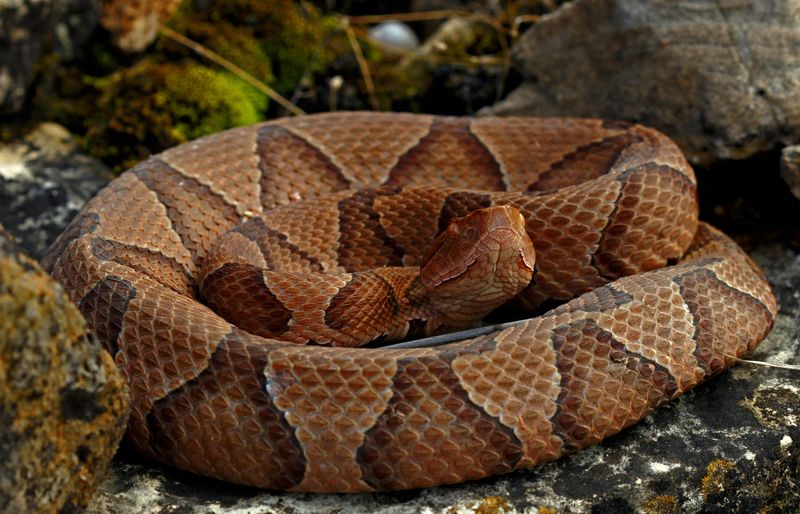
In Oklahoma, the presence of copperhead snakes is a testament to the state’s diverse ecosystems, from prairies to forests. These snakes are often seen in grasslands, where they hunt for small mammals and insects.
The sun-drenched landscapes of Oklahoma provide an ideal setting for observing copperheads, especially during early evening strolls. Their patterns mimic the dry grass, offering them perfect camouflage.
Did you know? Oklahoma’s prairies were once home to vast herds of bison, sharing the land with its reptilian residents like the copperhead snake.
Texas
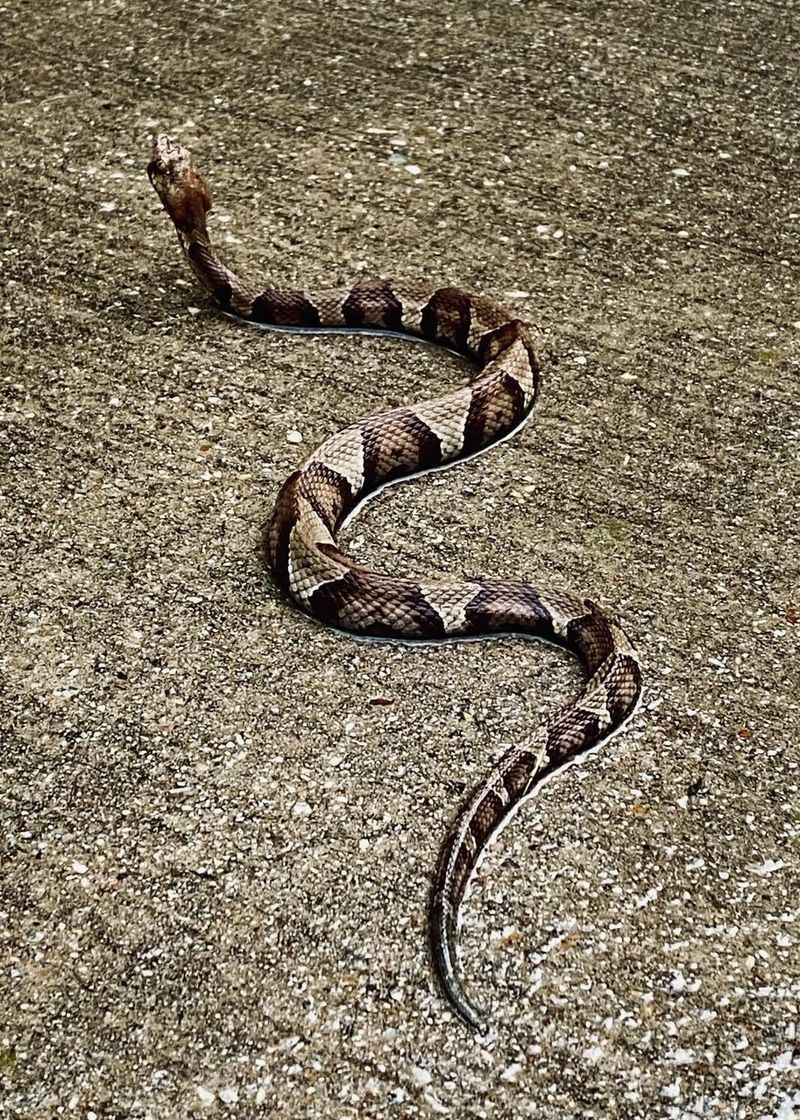
Texas is a haven for copperhead snakes, thanks to its varied landscapes, including forests, grasslands, and rocky areas. These snakes thrive in the warm climate and often seek shelter under rocks and logs.
Copperheads in Texas are most active during the spring and fall when the temperatures are moderate. They play an important role in controlling the rodent population, but caution is advised as they can be aggressive when threatened.
Encountering a copperhead in Texas is common, especially in rural and suburban areas where habitats overlap with human activities.
Georgia
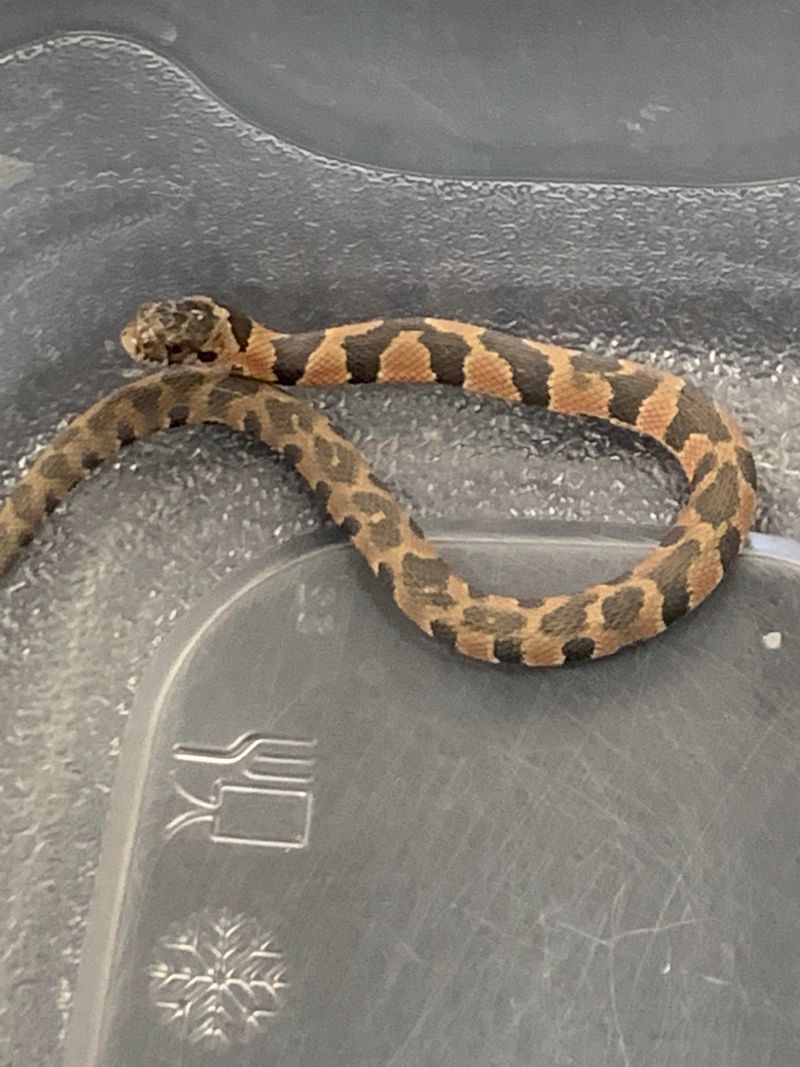
In Georgia, copperhead snakes are frequently found in the deciduous forests and swamps. Their coloration provides excellent camouflage among the fallen leaves and forest floors.
These snakes prefer staying close to water sources, making swamplands ideal for their habitation. Copperheads in Georgia are known for their docile nature but should still be approached with caution.
Outdoor enthusiasts in Georgia often encounter these snakes, so wearing protective gear and being aware of surroundings is recommended while hiking or camping.
North Carolina
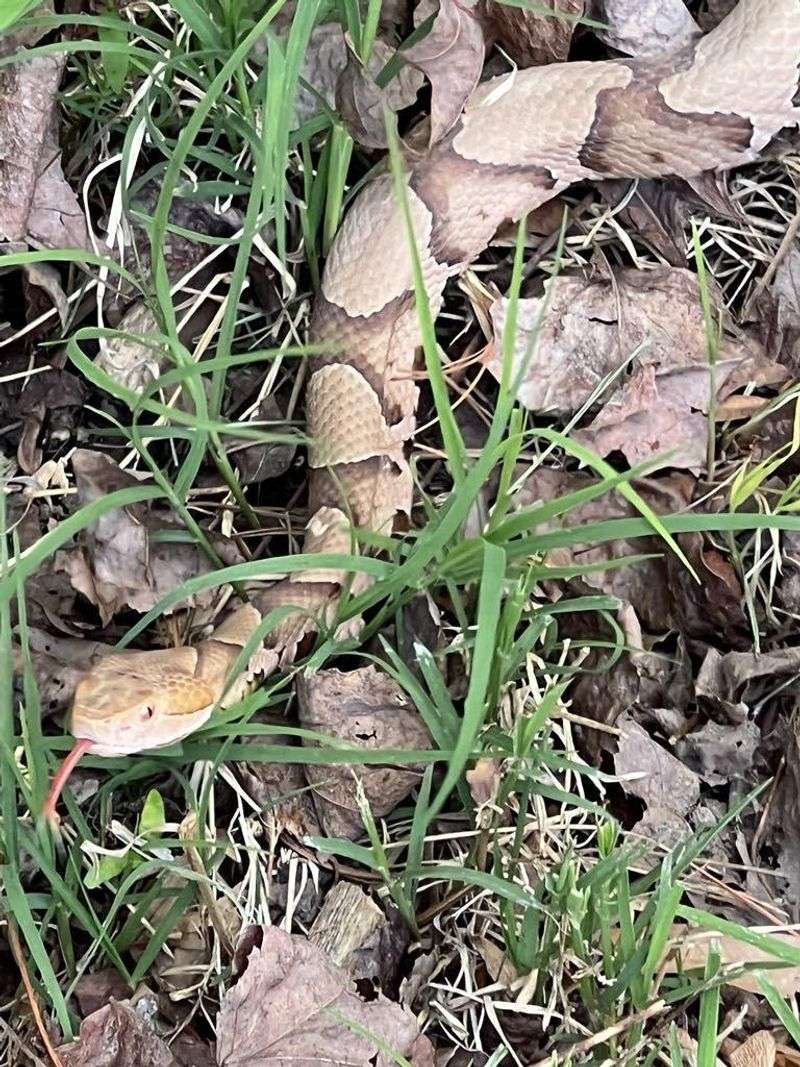
North Carolina’s dense woodlands and rolling hills provide a perfect environment for copperhead snakes. These snakes are adaptable and can be found in various habitats, from suburban areas to deeply wooded regions.
Copperheads in North Carolina are known for their vibrant patterns, which serve as both a warning and a camouflage. They are primarily nocturnal, hunting for small mammals and insects.
Residents are advised to maintain clean yards and avoid leaving food scraps around, as these can attract rodents and consequently, copperheads.
Virginia
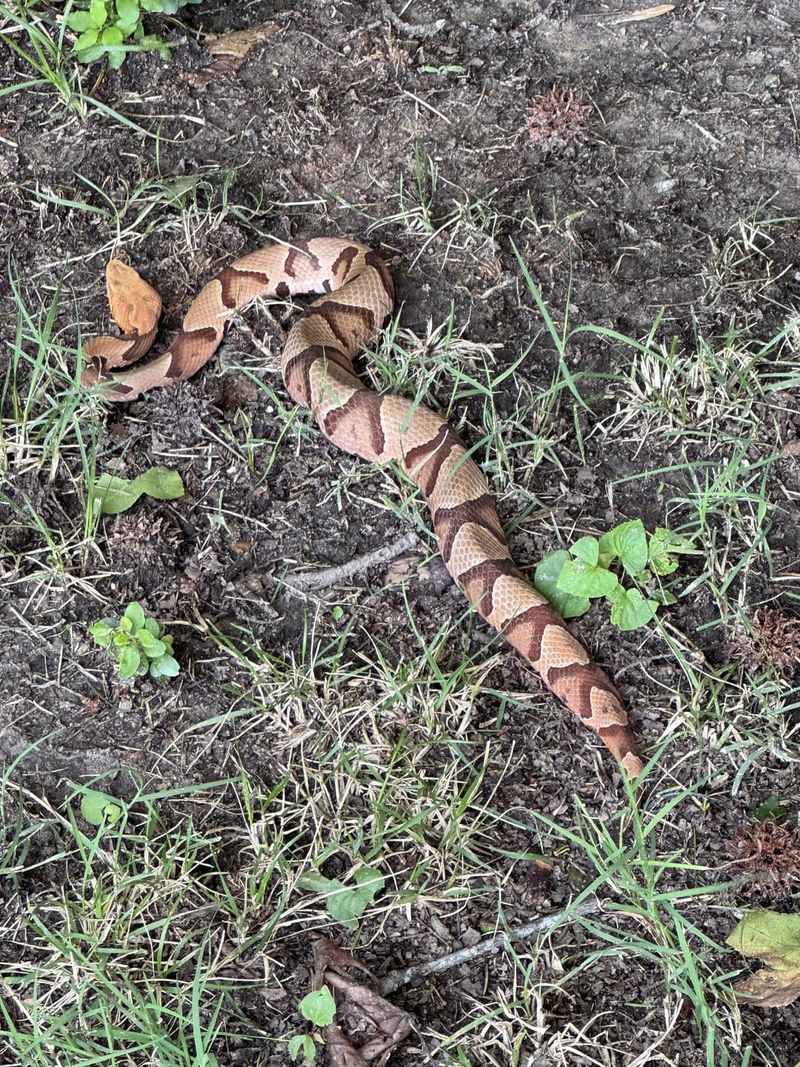
Virginia is home to a significant population of copperhead snakes, particularly in the Blue Ridge Mountains and surrounding areas. These snakes enjoy basking in the sun on warm days, often on hiking trails.
Copperheads in Virginia are usually seen during the warmer months and are known for their remarkable ability to remain motionless when approached, making them hard to spot.
Hikers and nature lovers are advised to stay on marked trails to avoid unexpected encounters and always carry a walking stick for safety.
Missouri
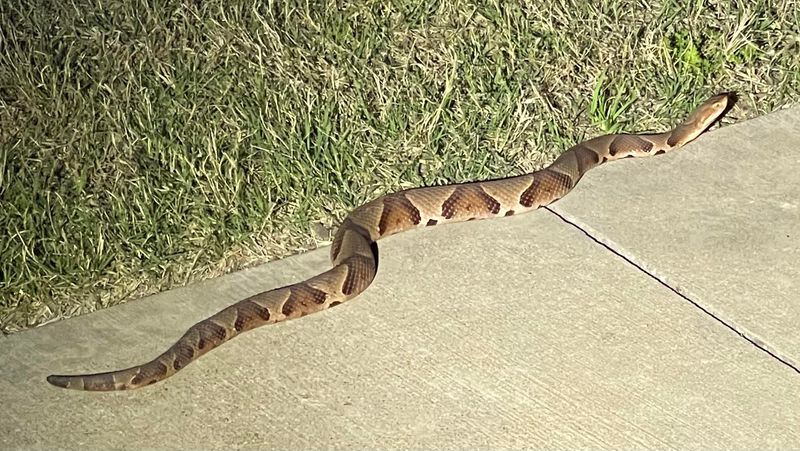
Missouri’s diverse topography, including forests and limestone bluffs, provides an ideal habitat for copperhead snakes. These snakes are common in both rural and suburban settings, adapting well to human proximity.
In Missouri, copperheads are typically seen during the evening hours, as they are nocturnal hunters. They feed on rodents, birds, and small reptiles, helping maintain ecological balance.
Awareness and caution are key for Missouri residents, especially when gardening or working outdoors, as copperheads can be well-camouflaged and difficult to detect.

